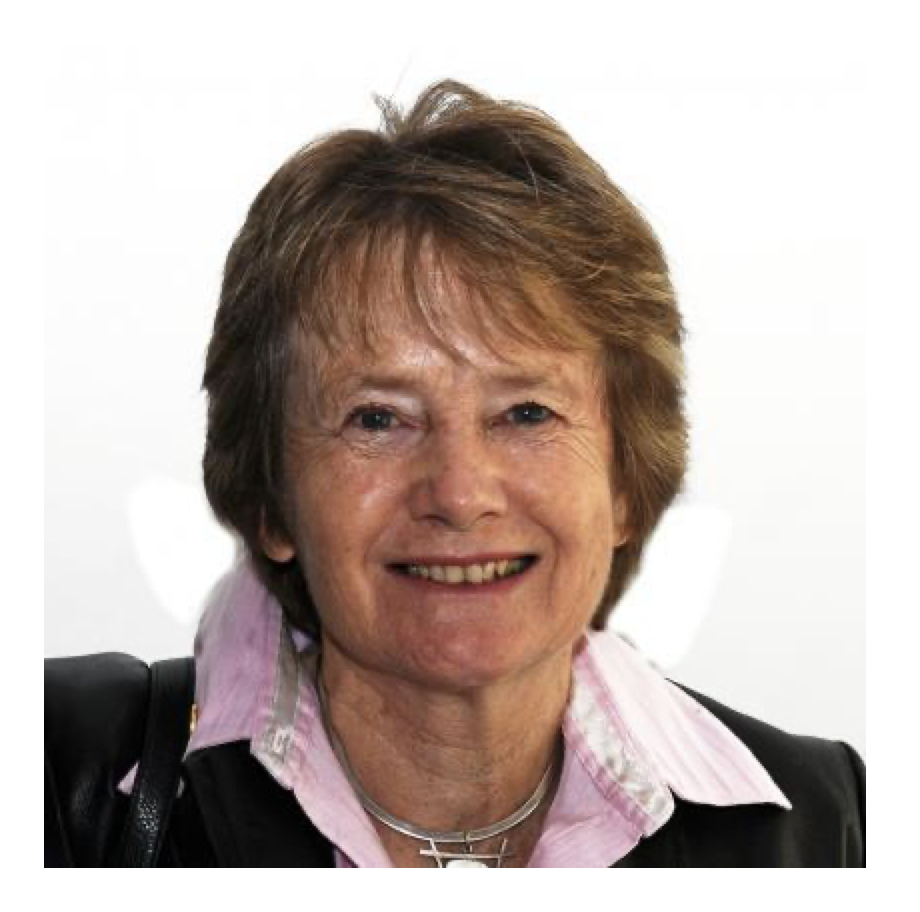 John Farrow introduced our speaker, Pat Armstrong, who has been a Rotarian for 15 years. She is also a member of the Environmental Sustainability Rotary Action Group. (ESRAG). Pat works as an educator for sustainability. She has a BSci (Hons.), DipEd. and is currently completing a doctorate on adolescent leadership for sustainability at RMIT University. Pat has worked in a number of roles (mostly in the areas of waste and resource recovery, climate change and biodiversity), including management, strategic planning, grant writing, training, evaluation and publication.
John Farrow introduced our speaker, Pat Armstrong, who has been a Rotarian for 15 years. She is also a member of the Environmental Sustainability Rotary Action Group. (ESRAG). Pat works as an educator for sustainability. She has a BSci (Hons.), DipEd. and is currently completing a doctorate on adolescent leadership for sustainability at RMIT University. Pat has worked in a number of roles (mostly in the areas of waste and resource recovery, climate change and biodiversity), including management, strategic planning, grant writing, training, evaluation and publication.John also briefly covered what a RAG, or Rotary Action Group, is. According to the RI website;
"Rotary Action Groups are independent, Rotary-affiliated groups made up of people from around the world who are experts in a particular field, such as economic development, peace, addiction prevention, the environment, or water. Action groups offer their technical expertise and support to help clubs plan and implement projects to increase our impact, one of Rotary's strategic priorities. This support includes helping clubs find partners, funding, and other resources."
Pat covered four main areas:
- Environmental challenges and solutions.
- New Area of Focus – Protecting the Environment.
- Environmental Sustainability Rotary Action Group.
- Suggested actions for clubs.
The bad news:
- Widespread glacial retreats
- Rising sea levels accompanied by storm surges, changes in rainfall patterns and coral bleaching.Pacific islands are particularly vulnerable.
- Unparalleled droughts.Eastern Australia experienced horrific bush fires at a huge cost to both the environment and the economy.
The good news:
- In Australia, 24% of electrical generation is from renewable sources.
- Australia is the location of the Asian Renewable Energy Hub, in Pilbara.
Rotary cannot effectively serve humanity without a focus on the environment, as this is what sustains all life on earth. We should think of approaching global warming the same way as we approached Covid 19. That is, we should take action early to flatten the curve.
ESRAG has about 1,100 members world wide with 12 regional chapters. Project inspirations may be found on their website. www.esrag.org.
Robert Reid offered our thanks to Pat for her very inspirational presentation.

